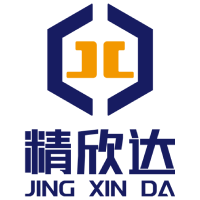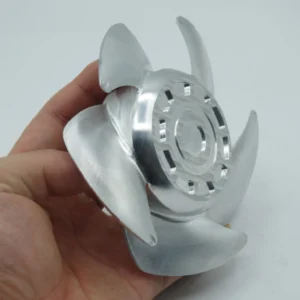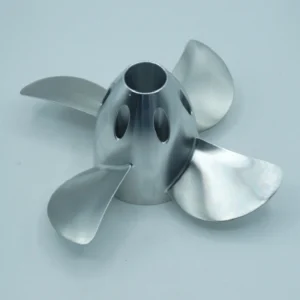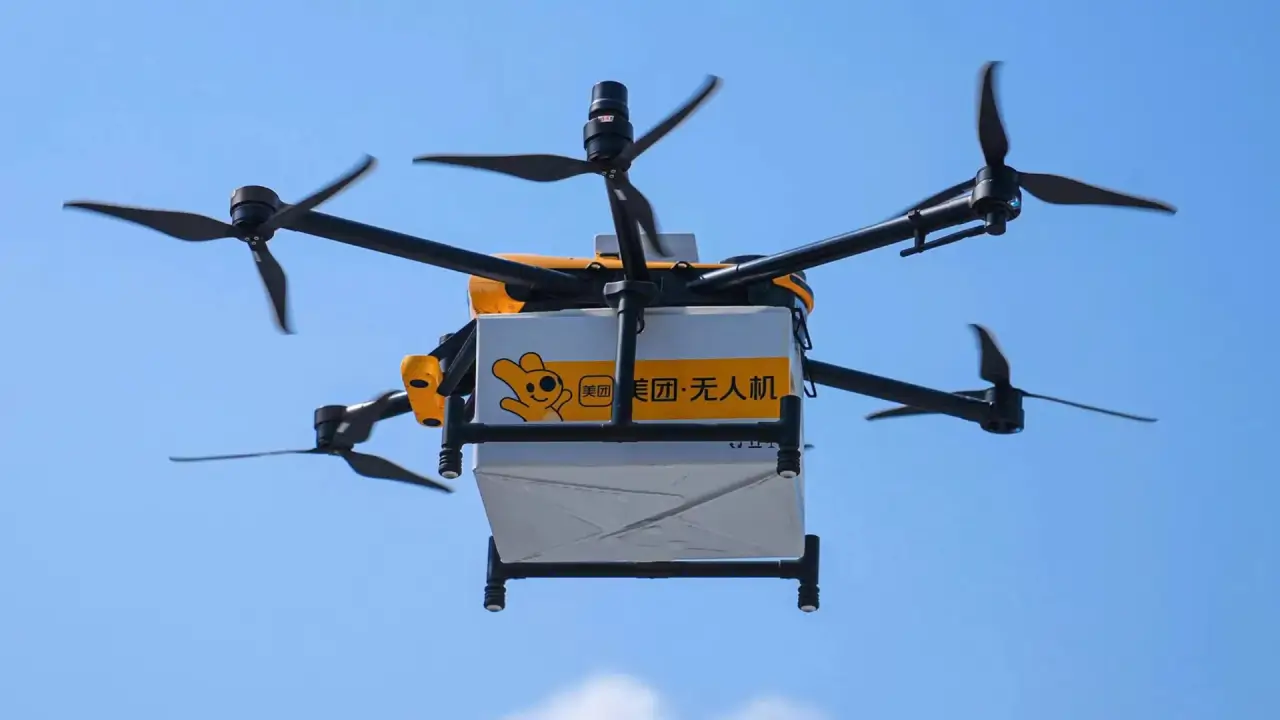In the era of rapid technological advancement, unmanned aerial vehicles (UAVs) have been widely applied in various fields, from film and television shooting, logistics distribution to agricultural plant protection, surveying, and mapping exploration. The continuous progress of UAV technology relies on the support of advanced manufacturing processes, among which CNC (Computer Numerical Control) machining plays a vital role in the UAV industry.
Introduction to CNC Machining
CNC, short for Computer Numerical Control, is a machining technology that precisely controls the movement and operation of machine tools through computer programs. Compared with traditional manual machining or ordinary machine tool machining, CNC machining offers significant advantages:
High Precision: It can achieve extremely high machining accuracy, with errors controlled within a minimal range, which is crucial for UAVs that demand strict precision for components.
Excellent Repeatability: Whether producing a single part or mass-producing, it ensures highly consistent dimensions and quality for each component.
Complex Shape Machining: Through pre-programmed procedures, machine tools can accurately cut, drill, mill, and other operations to manufacture various irregularly shaped components.
Applications of CNC Machining in UAV Component Manufacturing
1. UAV Frame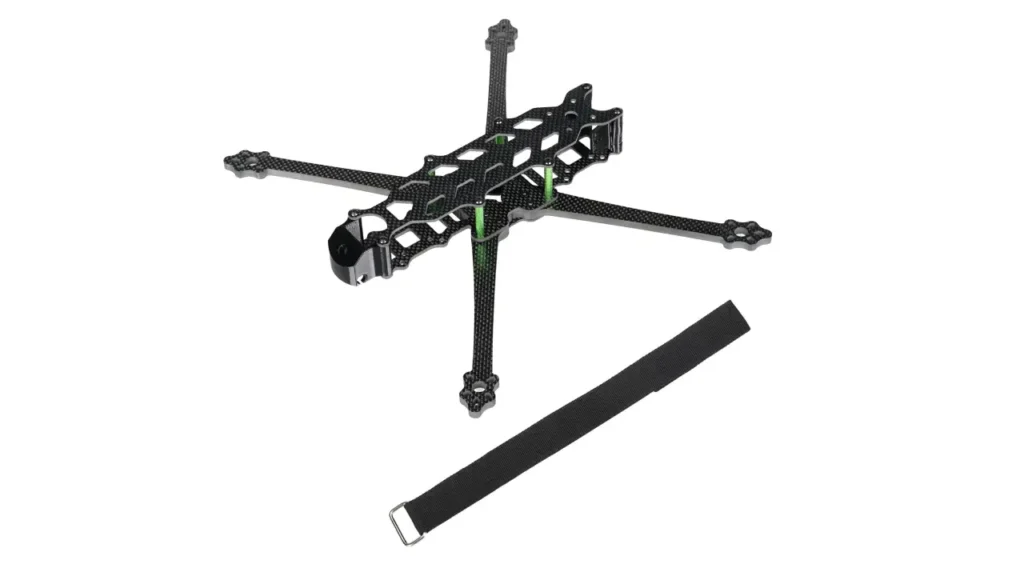
The frame is the supporting structure of the entire aircraft, and its quality and precision directly affect flight stability and safety. CNC machining technology can accurately process high-strength, lightweight materials such as aluminum alloy and carbon fiber into frame structures that meet design requirements. For example:
An aluminum alloy frame processed by CNC not only has sufficient strength to withstand various stresses during flight but also ensures tight fitting between components through precise dimensions, reducing flight instability caused by assembly errors.
A carbon fiber frame further reduces the UAV’s weight while ensuring high strength, improving endurance and mobility.
2. Propellers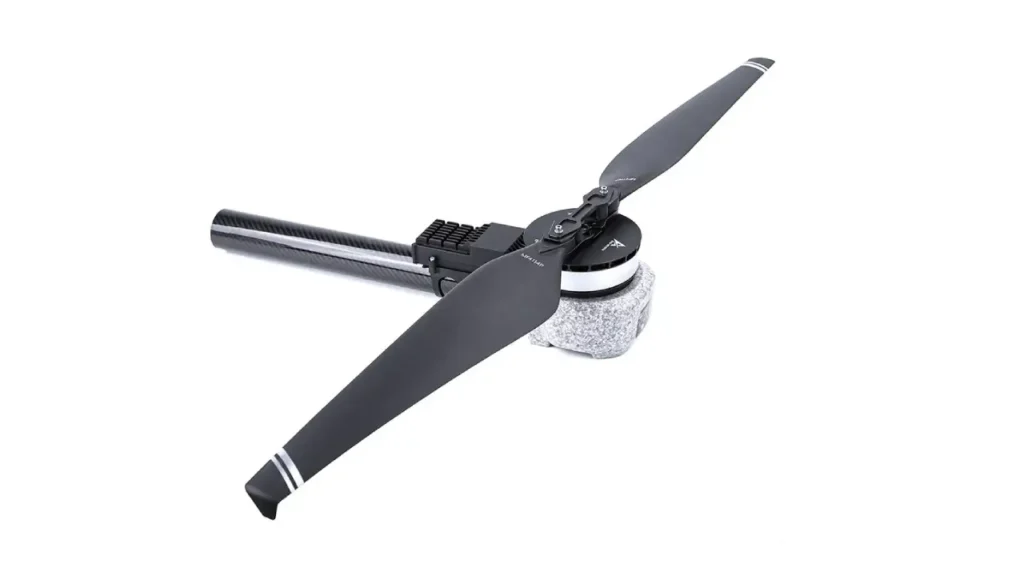
Propellers are key components for UAVs to generate lift and thrust, directly determining flight performance. CNC machining can manufacture high-precision, well-balanced propellers by:
Precisely controlling machining parameters to optimize blade shape and angle, improving propulsion efficiency and reducing energy loss.
Conducting fine surface treatment on propellers to reduce air resistance and enhance flight stability.
3. Motor Mounts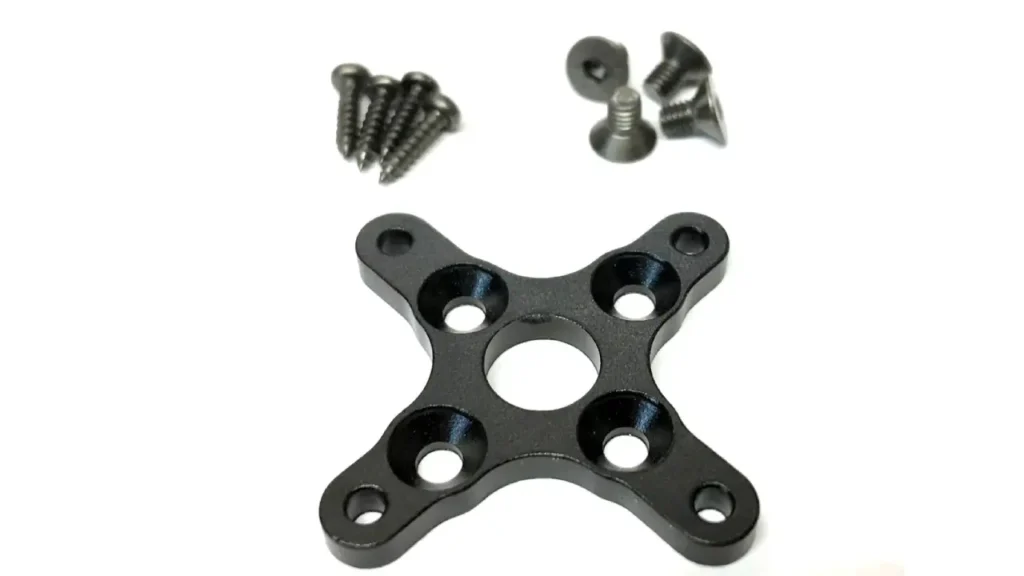
Motor mounts fix UAV motors, and their precision and strength significantly impact motor operation stability and service life. CNC machining ensures:
Dimensional accuracy for perfect matching with motors, reducing vibration and noise during operation.
Lightweight design by optimizing the mount structure under the premise of ensuring strength, reducing the UAV’s overall weight.
4. Gimbal Components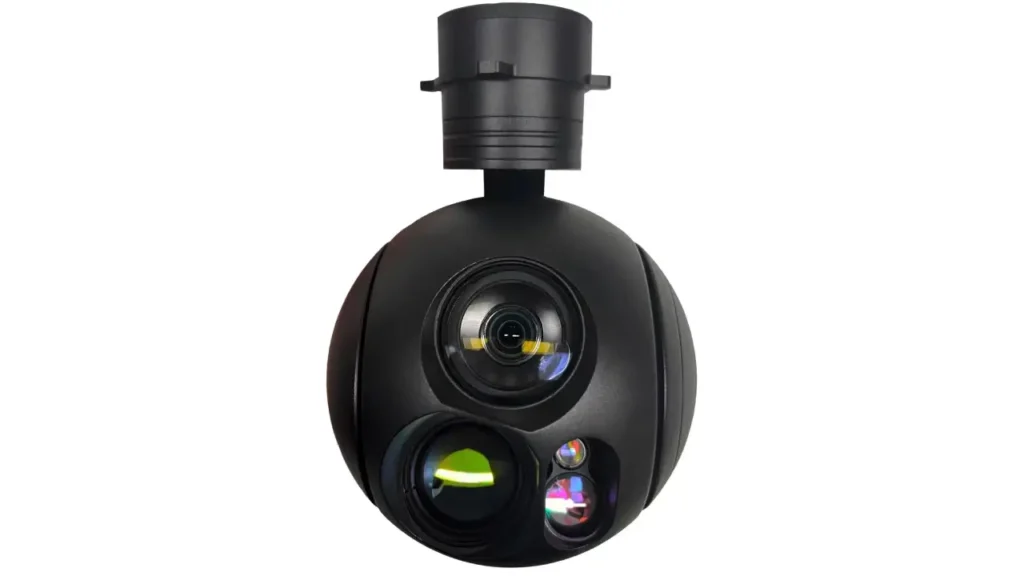
For UAVs used in aerial photography and other scenarios requiring stable shooting, the precision and stability of gimbal components are crucial. CNC machining can produce high-precision gimbal parts, such as:
Smooth and precise gimbal rotating shafts that prevent image shaking during shooting, ensuring stable filming.
Advantages of CNC Machining for the UAV Industry
1. Improved Production Efficiency:
CNC machining equipment enables fast and continuous operations, significantly shortening the production cycle of UAV components. Compared with traditional methods, it can produce a large number of high-quality components in a shorter time to meet the growing market demand.
2. Reduced Costs:
Although the initial investment in CNC equipment is high, in the long run, its high efficiency and precision reduce rejection rates, raw material waste, and labor costs, thus lowering overall production costs.
3. Enhanced Product Performance:
High-precision components manufactured by CNC machining significantly improve UAV flight performance, stability, and reliability. For example:
Precise component fitting reduces energy loss during flight, extending endurance.
High-strength, lightweight structural parts improve wind resistance and load capacity.
4. Facilitated Innovative Design:
The flexibility and high precision of CNC machining allow UAV designers to freely unleash creativity, enabling the realization of complex and efficient UAV structures and components—whether unique外形 (appearance designs) or innovative internal structures.
Case Study: JXD Machining
JXD Machining, with years of deep involvement in UAV manufacturing, has created a series of superior UAV products through exquisite application of CNC machining technology:
Frame Manufacturing: For its flagship UAV model, JXD uses CNC machining to precisely cut and shape high-strength carbon fiber, constructing a lightweight and robust frame. Tests show that this carbon fiber frame reduces weight by ~30% compared to traditional metal frames while increasing bending strength by 50%, ensuring stable flight in complex environments.
Propeller Machining: By leveraging CNC’s high precision, JXD controls propeller blade shape and angle with extreme accuracy. Compared with conventionally machined propellers, JXD’s CNC-propellers improve flight efficiency by ~20% under the same motor power, significantly extending endurance. Surface treatment also reduces air resistance, enhancing flight stability and minimizing vibration/noise.
Motor Mounts: CNC machining ensures perfect fit between mounts and motors, with dimensional tolerance controlled within a tiny range. This reduces motor vibration/noise and extends service life. Structural optimization achieves ~20% weight reduction while maintaining strength.
Gimbal Components: Critical parts like gimbal rotating shafts are precisely machined by CNC, enabling smooth rotation and high-precision control. In flight tests, UAVs with this gimbal maintain shooting stability even in 6-level winds, with minimal jitter deviation.
Thanks to excellent CNC applications in key components, JXD’s UAVs stand out in the market, widely used in civil aerial photography, surveying, and professional fields like power inspection and geological exploration, demonstrating CNC machining’s powerful role in driving UAV industry development.
Future Development Trends of CNC Machining in the UAV Industry
As UAV technology evolves and application fields expand, requirements for CNC machining will continue to rise:
Higher Precision & Efficiency: CNC machining will advance toward processing more complex shapes with greater accuracy and speed.
New Material Adaptation: With the emergence of new materials (e.g., composite materials, high-strength alloys), CNC needs to develop advanced processes to adapt to their machining characteristics.
Intelligent Systems: Intelligent CNC systems will become popular, integrating AI and big data for real-time monitoring, process optimization, and fault prediction to enhance productivity and quality.
In summary, CNC machining has become a critical driving force in the UAV industry, playing an irreplaceable role in component manufacturing and performance improvement. In the future, CNC will continue to integrate with UAV technology, fostering innovation and breakthroughs—whether in civil applications or military technology upgrades—helping the UAV industry reach new heights.
